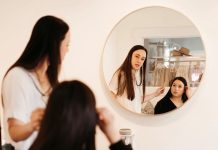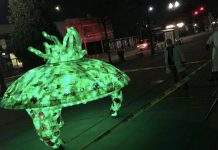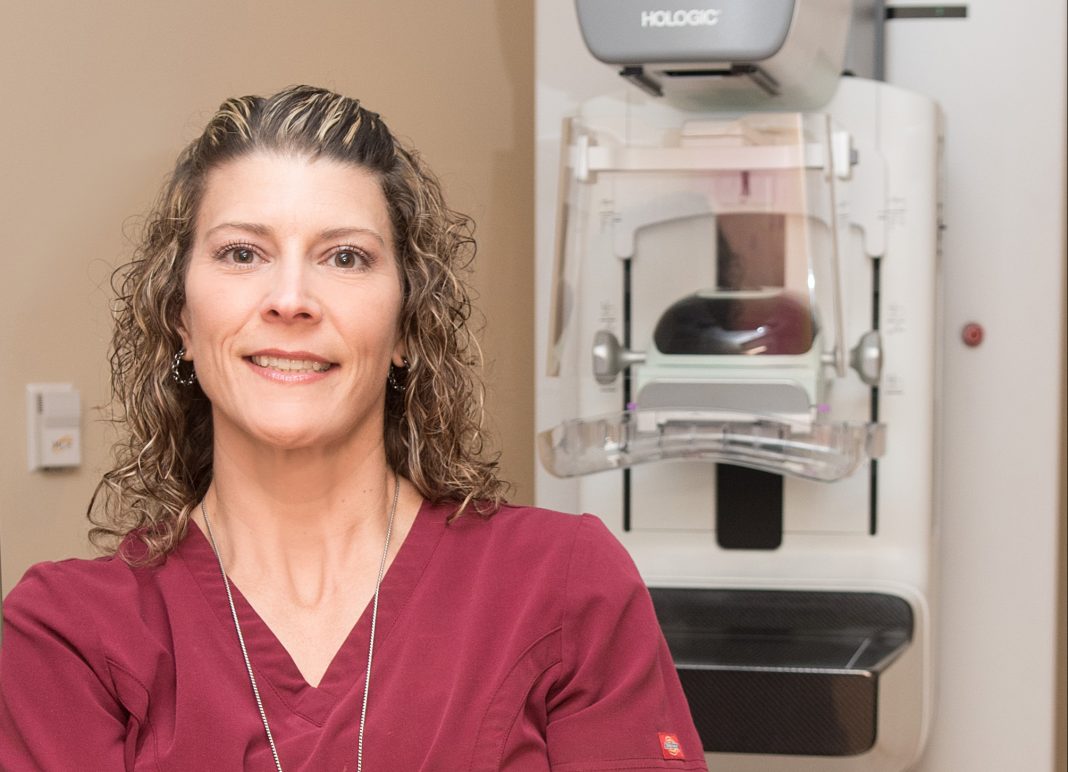We’ve sailed through October and you’ve seen a sea of pink messaging on breast cancer awareness, fundraisers, walks and reminders for women about the importance of getting their annual mammogram. Of course, breast cancer awareness goes beyond October. Breast cancer is the second most common cancer in women after skin cancer and although mammograms can detect breast cancer early, possibly before it has spread, there is plenty of confusion out there. We talked to the team at Diagnostic Imaging Northwest to explore some common myths.
Myth #1: Women with no family history of breast cancer have no risk of getting the disease.
Women who have a family history of breast cancer may have an increased risk of getting the disease. However, statistically, only about 10-20 percent of individuals diagnosed with breast cancer have a family history of this disease. “The number one thing I hear most often is, ‘But I don’t have any history of breast cancer in my family,’” says Dr. Alison Reinbold, medical director of radiology at Diagnostic Imaging Northwest-Puyallup Imaging Center. “That doesn’t actually mean very much. If we knew the only people who needed testing were those with family history, we wouldn’t have to do so many tests.”

Myth #2: A breast injury can develop into breast cancer.
There is no evidence that bruising or injuring your breast(s) leads to cancer. One reason for this myth is that an injury may draw attention to the area, thus making it easier to notice a lump or tumor that’s actually been present for some time. “Sometimes, people don’t notice a lump until there’s an injury, bump or bruise,” says Reinbold. “Any lump or bump should be checked out.”
Myth #3: If I have a breast lump, it must be cancer.
While a lump in your breast should never be ignored, only a small percentage of breast lumps turn out to be cancer. “Almost every woman I see that comes in for a palpable lump is having some anxiety,” says Susan Rankin, mammography supervisor at TRA Medical Imaging’s Bonney Lake facility. “They feel like it’s always something bad.” In fact, roughly 80 percent of lumps in women’s breasts are caused by benign changes, cysts or other conditions. Nevertheless, it’s always important to have your physician check it out; breast cancer that is diagnosed at an early stage is more likely to be treated successfully.
Myth #4: Lumps are the only sign of breast cancer.
Lumps are not the only sign of breast cancer. Women may experience other signs or symptoms such as skin irritation, unusual pain or rashes. A bloody discharge or nipple change are additional important warning signs. It is imperative not to ignore these changes. And most importantly, pay attention to your body. Discuss with your provider any concerns you might have about changes in your breast health.
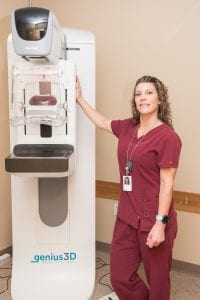
Myth #5: Antiperspirants and underwire bras can cause breast cancer.
Another urban myth. There is no conclusive evidence linking the use of antiperspirants and underwire bras to the development of breast cancer.
Myth #6: Radiation from breast imaging is dangerous.
Mammograms expose the breasts to small amounts of radiation, but the benefits of mammography outweigh any possible harm from the radiation exposure. “A lot of people say the exposure itself will cause breast cancer,” says Reinbold. “We’ve been doing this for 60 years and there’s no proof that radiation exposure has increased the risk, but there is ample evidence that detection saves lives.”
To put radiation dose into perspective, people in the United States are normally exposed to an average of 3-6 milliSieverts (mSv) of radiation each year just from their natural surroundings. This is called background radiation. The dose of radiation used for a screening mammogram of both breasts is 0.5-1.0 mSv, or about the same as a round trip by air to Paris and back. For a woman in Western Washington, it’s comparable to visiting your friend in Denver for a couple weeks.
Myth #7: Silicone breast implants increase the chance of breast cancer.
Studies have found that silicone breast implants do not increase the risk of developing breast cancer.
Myth #8: Young women don’t need to worry about breast cancer.
Breast cancer can affect women of any age. The disease is more common in post-menopausal women, but 25 percent of women with breast cancer are younger than 50. Younger women should have a yearly breast exam by their health care provider and begin mammography screenings at age 40*. If you have unusual breast changes, please let your healthcare provider know.
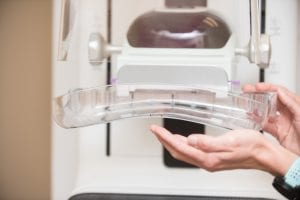
Myth #9: If I have a normal screening mammogram result, I don’t need a mammogram next year.
Evidence has shown that women who skip a yearly mammogram may miss the opportunity for an early breast cancer diagnosis. Women whose breast cancer is detected at an early stage have a 93 percent or higher survival rate in the first five years.
Myth #10: It’s okay to skip a year between mammograms.
You can agree to disagree with those that say it’s okay to screen women every other year instead of annually. Mortality in diagnosed cancer patients may increase by 20 percent when screening occurs every other year instead of every year—that’s an important number to remember. Various recommendations have been presented by both the United States Preventative Task Force stating that women should begin having mammograms age 50 and every other year thereafter; the American Cancer Society states that women should start age 45.
*The radiologists at Diagnostic Imaging Northwest stand by the recommendations of both the American College of Radiology, the Society of Breast Imaging, and others such as BreastCancer.org that women should begin their screening mammogram at the age of 40 and every year thereafter.
For more information on the services offered at Diagnostic Imaging Northwest, please visit DINW.com.
Sponsored



